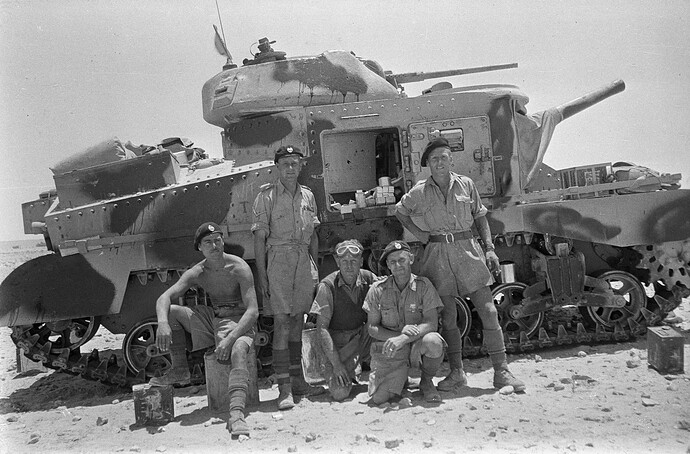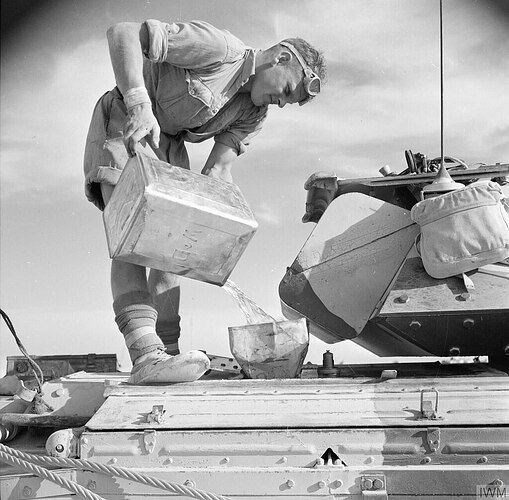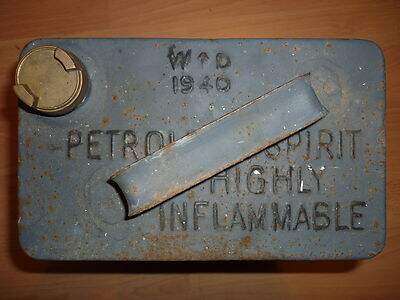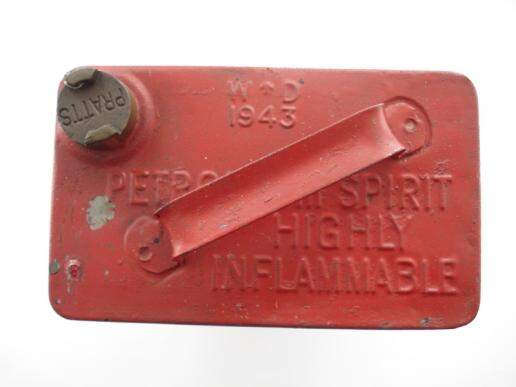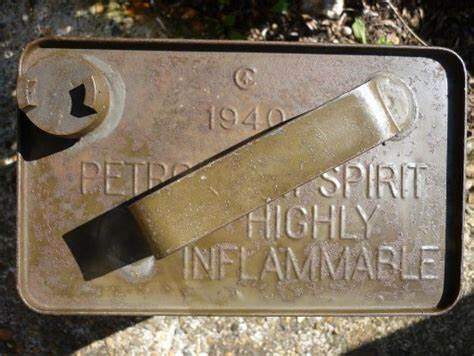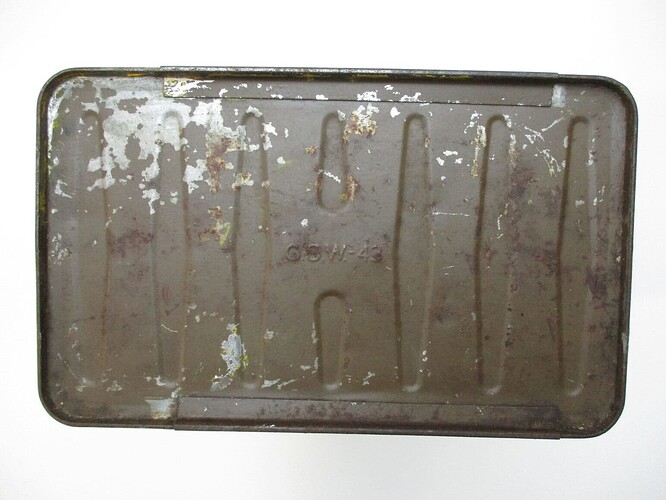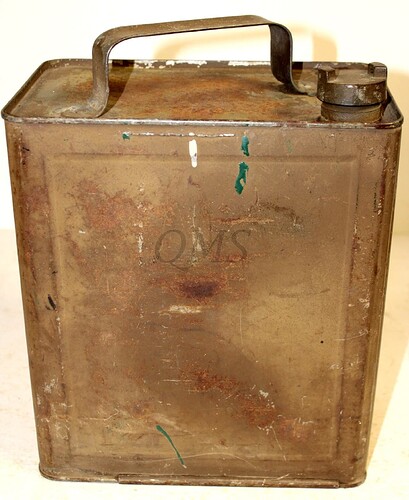look at those run lines and poor coverage in the spray painted camo, imagine tabling that at your next model meet.
It might be difficult to pull off in scale but I would have this photo on the table if you try it.
Poor coverage is easy and those run lines
might be possible to make by spraying too wet
and then blowing air at high pressure along the
wet paint surface.
I did this by accident once, had to let it dry, sand down
lightly and then repaint …
So that’s what all those models of German officers are pointing at!!
Not to mention the bright shiny road wheel rims…
Have someone been polishing the rims?
Everyone likes a good rim job.
American tanks with VVSS all had shiny roadwheel rims because the track guide teeth very quickly stripped the paint from them. It’s often not obvious in photos because of dirt on the wheels and tracks, however.
All tracks where there is some kind of guide tooth or guide horn will have polished surfaces where the wheels rub against the guide tooth/horn.
It is very obvious when the guide horn/tooth is outside of the road wheel.
Nice minor extra if turned into a vignette, at least one flimsy vs. one jerrycan.
That flimsy in the Grant pic is in fact a 2-gallon POW can. It was made of sheet steel and was a far more robust affair that the really flimsy, tin-made, 4-gallon type, which due to its weak material and construction was usually just a one-way trip (it if arrived without leaking or breaking). When shipped with petrol from depots, these were usually paired two in a wooden box to provide some protection. Flimsy in action:
Interesting markings on many of those “flimsies”. It reads:
PETROLEUM SPIRIT
HIGHLY
INFLAMMABLE
I think this one is Canadian made; because of the construction and the “C” surrounding the arrowhead stamping.
Top
Bottom
Sides
Always a mystery to me who came up with “Inflammable”. While the English language is full of ambiguity & inconsistencies, I can’t think of another example where “In- “ anything doesn’t mean it’s exempt of whatever follows. “Flammable” is a perfectly normal description of what’s meant.
And polishing the knobs! ![]()
![]()
![]()
Nobody “came up” with words like this ![]()
Originating around 1600 from the French ‘inflammable’, from Medieval Latin ‘inflammabilis’, from Latin ‘inflammare’, “to set on fire”. It has nothing to do with the prefix ‘in-’/‘un-’ meaning ‘not’, as in ‘inescapable’. The word was used in the early 15th century in medical usage in the sense of ‘liable to inflammation’.
@Dioramartin
Language is a living thing that evolves constantly. Just in the last 25 years when the internet and cell phone technology became more accessible to more people we have seen a huge influx of new words into the English language and some that I grew up with now mean very different things because of all these changes.
Inflammation is a perfect example of how the original Latin use of the “in” prefix is still in use. And while it’s use has evolved in English and inflammable is now confusing to use, everyone still uses inflammation to describe the onset of swelling. So “in” went from meaning onset or to set off or start something to now being used to meaning can’t or not. Take this sentence as an example of both uses of that prefix a couple with the original meaning and one with the evolved meaning.
“The inflammation made the infection incurable.”
The first two use the prefix as originally intended and the last use is more modern recent use.
I’ve yet to see inflammable used to describe something that won’t catch on fire. Nonflammable yes, but not inflammable, that tells me that inflammable is still in use enough that it can’t or shouldn’t be used that way to avoid confusion and potentially a horrible accident.
@Newtonk
Yes, include the image otherwise they might not understand the context of what you are recreating ![]()
The two 'in’s are actually separate prefixes with different origins which happen to sound alike …
These were already quite popular in WW1 if not earlier, and possibly more an invention from petrol companies than military minds.
